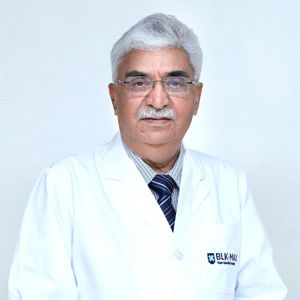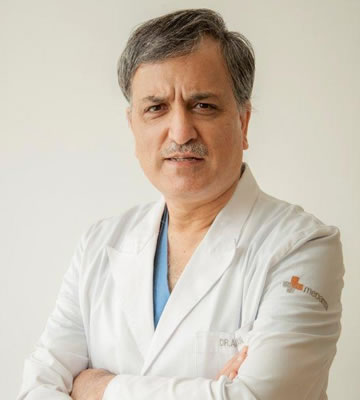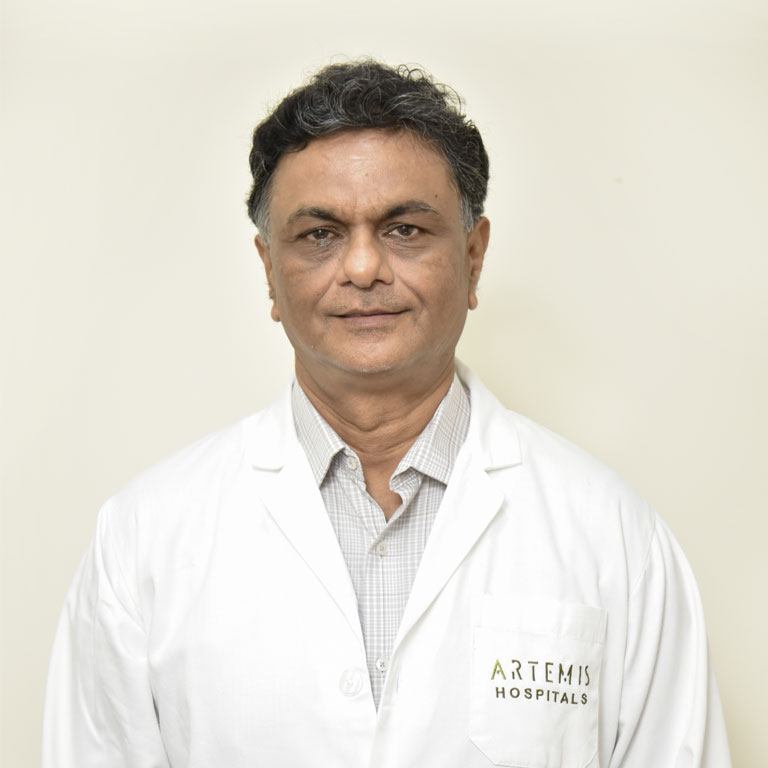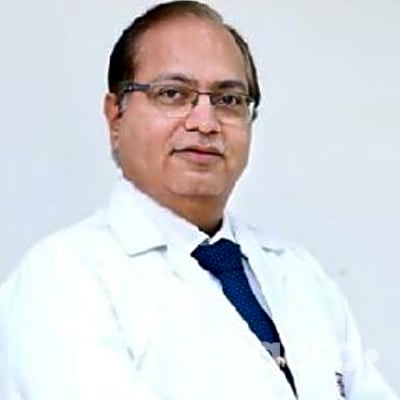Cure Connect
A Ventricular Septal Defect (VSD)
A Ventricular Septal Defect (VSD) is a common congenital heart condition where there is a hole in the wall (septum) that separates the heart’s two lower chambers (ventricles). If you or your child has been diagnosed with a VSD, understanding what it means and how it can be treated is crucial for making informed decisions about care.
What is a Ventricular Septal Defect?
A VSD occurs when there is an abnormal opening in the septum, allowing oxygen-rich blood from the left ventricle to mix with oxygen-poor blood in the right ventricle. This can cause the heart to work harder and may lead to increased blood flow to the lungs. The size and location of the defect can vary, influencing the severity of symptoms and the need for treatment.
Diagnosis of VSD
VSDs can be detected at different stages of life. Some are diagnosed soon after birth during routine check-ups, where a healthcare provider may hear a heart murmur—a whooshing sound made by the turbulent flow of blood through the hole—when listening to the heart with a stethoscope. In some cases, a VSD might be detected even before birth during a pregnancy ultrasound, allowing parents and doctors to plan for any necessary care after the baby is born.
However, not all VSDs are diagnosed early. Small defects might not produce noticeable symptoms, and in some cases, they might not be detected until later in childhood or adulthood, often during a physical exam or after the onset of symptoms like shortness of breath or fatigue.
Symptoms and Complications
The symptoms of a VSD depend on the size of the defect. Small VSDs may cause little to no symptoms and might close on their own without treatment. Larger VSDs can cause noticeable symptoms, such as rapid breathing, frequent respiratory infections, poor feeding, and difficulty gaining weight in infants. Over time, a large VSD can lead to complications such as heart failure, pulmonary hypertension, or arrhythmias if left untreated.

Dr. T. S. Kler
Chairman & HOD - BLK-Max Heart & Vascular Institute, Chairman Pan Max - Electrophysiology
Critical Cardiology, Non-Invasive Cardiology, Interventional Cardiology, Nuclear Cardiology, Cardiology, Electrophysiology And Arrhythmia Services, Technology For Heart Care Experience: 37+ Years

Dr. T. S. Kler
Chairman & HOD - BLK-Max Heart & Vascular Institute, Chairman Pan Max - Electrophysiology

Dr Anil Bhan
Chairman, Cardiac Surgery, Cardiac Care, MCh (CTVS) , MS(General Surgery) , M.B.B.S.
Dr. Bhan is an outstanding cardiovascular surgeon and a graduate from Medical College Srinagar (Best outgoing graduate-Gold Medalist).

Dr Anil Bhan
Chairman, Cardiac Surgery, Cardiac Care, MCh (CTVS) , MS(General Surgery) , M.B.B.S.

Dr Balbir Singh
Group Chairman - Cardiac Sciences, Pan Max & Chief of Interventional Cardiology and Electrophysiology, Max Saket
Cardiac Sciences, Cardiology, Cardiac Electrophysiology-Pacemaker, Interventional Cardiology Experience: 32+ Years

Dr Balbir Singh
Group Chairman - Cardiac Sciences, Pan Max & Chief of Interventional Cardiology and Electrophysiology, Max Saket

Dr. Sushant Srivastava
Chairperson Heart & Lungs Transplant MBBS, MS, MCh
MBBS, Patna Medical College, Patna, India MS (General Surgery), Patna Medical College, Patna, India, 1991 MCh (Cardiothoracic and Vascular Surgery), All India Institute of Medical Sciences, New Delhi, India, 1994

Dr. Sushant Srivastava
Chairperson Heart & Lungs Transplant MBBS, MS, MCh

Dr Ajay Kaul
CHAIRMAN CARDIAC SCIENCE | Fortis Noida Cardiac Sciences | MBBS, MS (General Surgery), M.Ch (Cardiothoracic Surgery),
Adult CTVS (Cardiothoracic and Vascular Surgery) | Heart Transplant | Heart & Lung Transplant

Dr Ajay Kaul
CHAIRMAN CARDIAC SCIENCE | Fortis Noida Cardiac Sciences | MBBS, MS (General Surgery), M.Ch (Cardiothoracic Surgery),

Dr Ramji Mehrotra
Vice Chairman - Cardiothoracic & Vascular Surgery Heart & Vascular Institute, Cardiothoracic And Vascular Surgery, Technology For Heart Care, Cardiac Intensive Care
Vice Chairman & Chief in Cardio Thoracic and Vascular Surgery (CTVS) Department at BLK Super Speciality Hospital, New Delhi.

Dr Ramji Mehrotra
Vice Chairman - Cardiothoracic & Vascular Surgery Heart & Vascular Institute, Cardiothoracic And Vascular Surgery, Technology For Heart Care, Cardiac Intensive Care
Plan Your Medical Tour Now
Plan your medical tour now with Cure Connect for seamless, affordable, and world-class healthcare services.
For more information, please contact the HealthFide team on WhatsApp.
For more information, please contact the HealthFide team on WhatsApp.
The Government of India encourages medical visas and the process is easy and quick without much documentation after a confirmation from the treating hospital.



